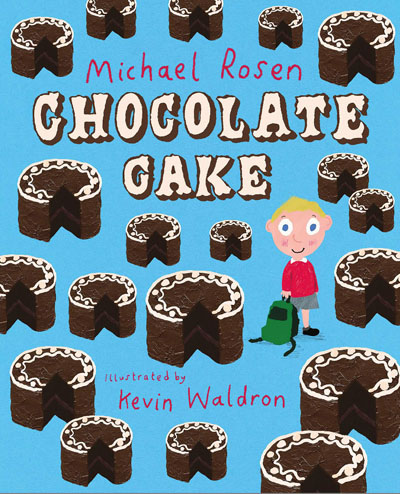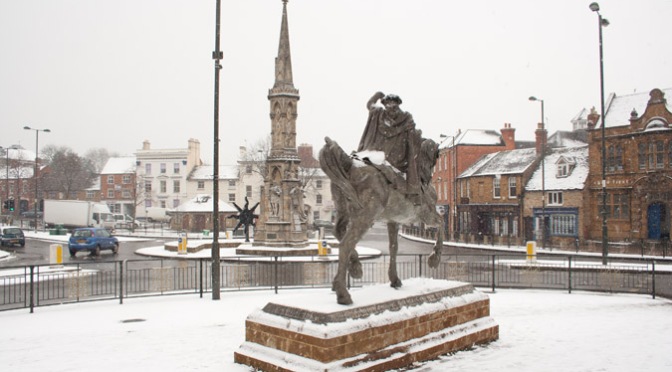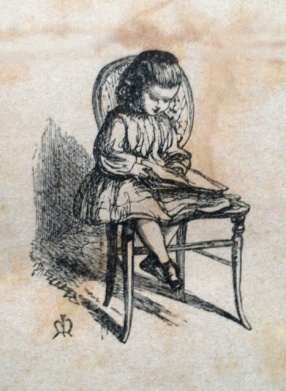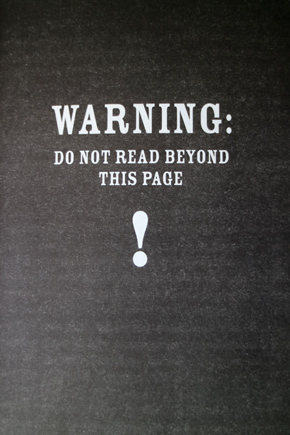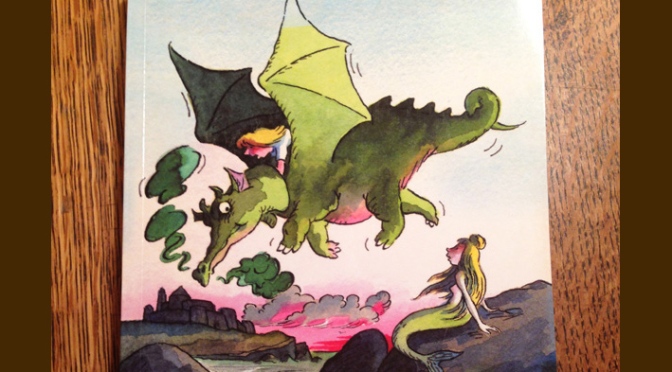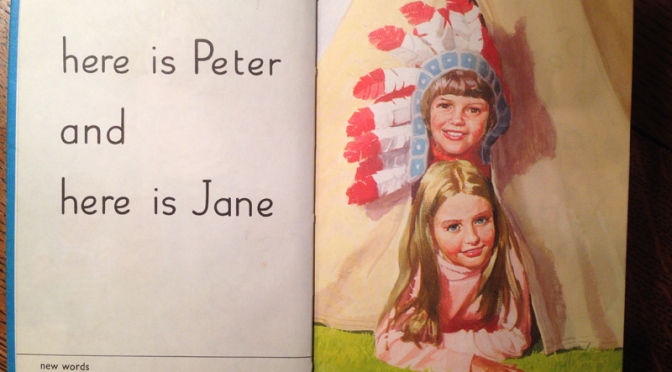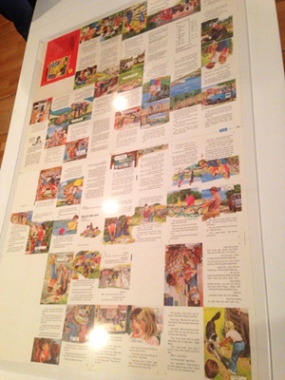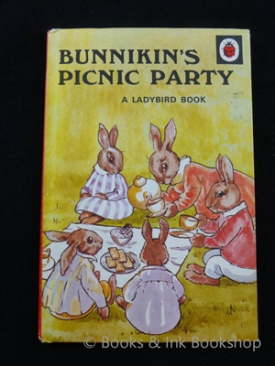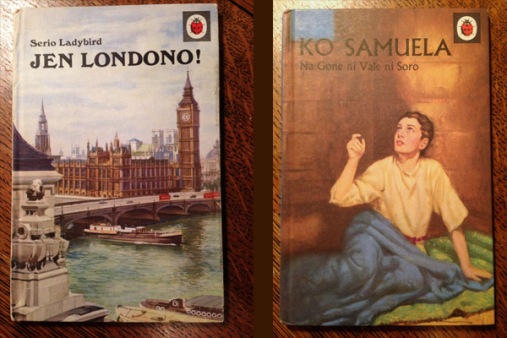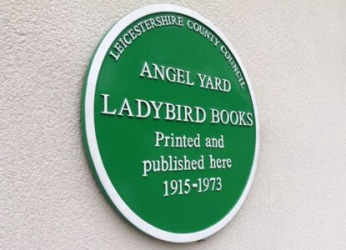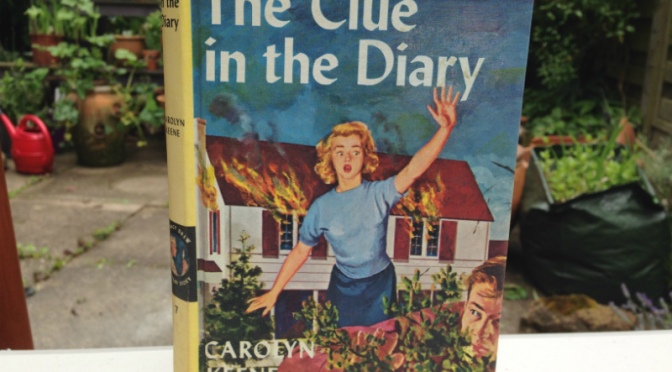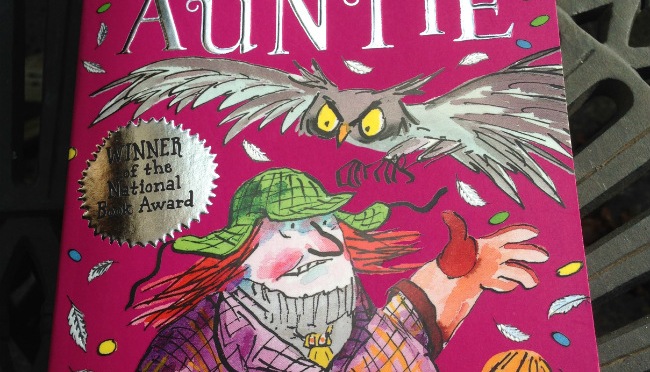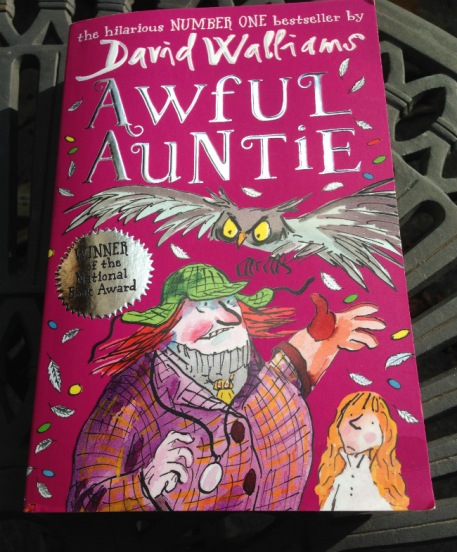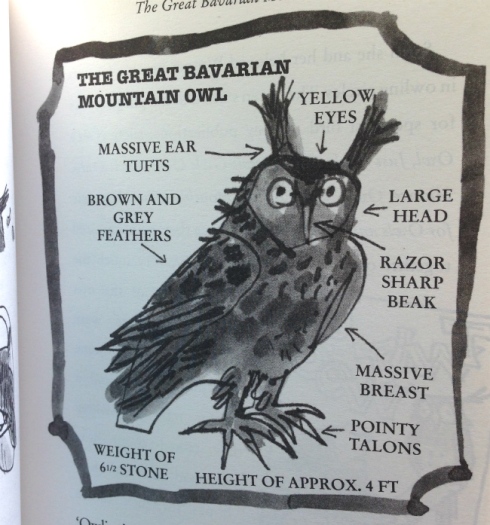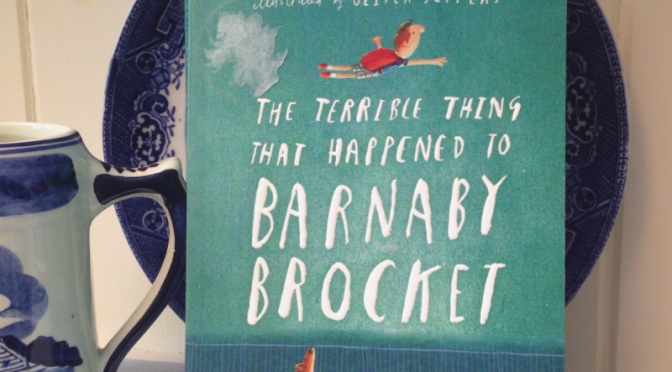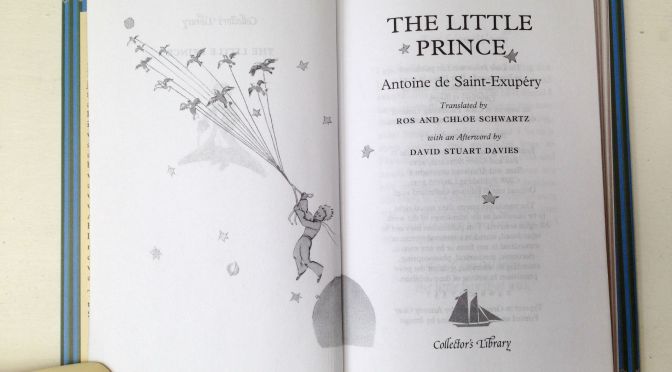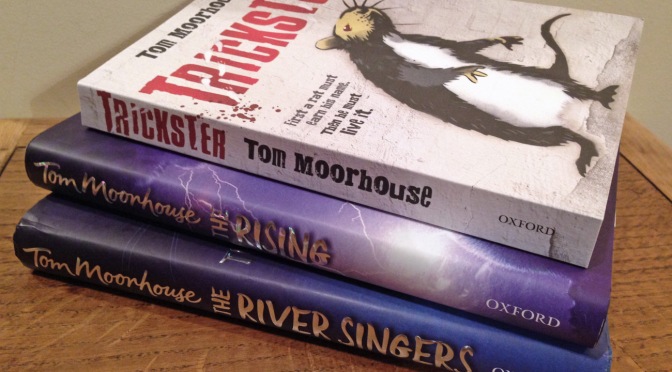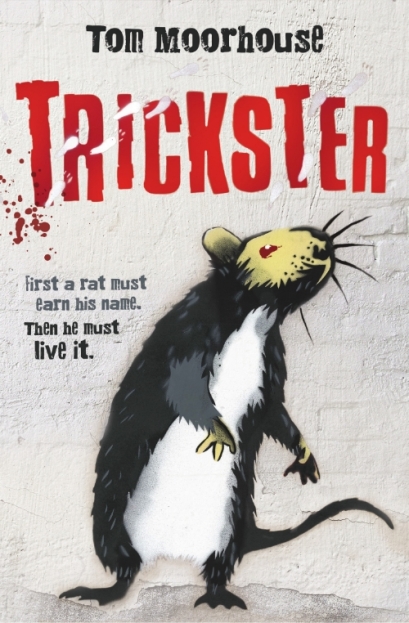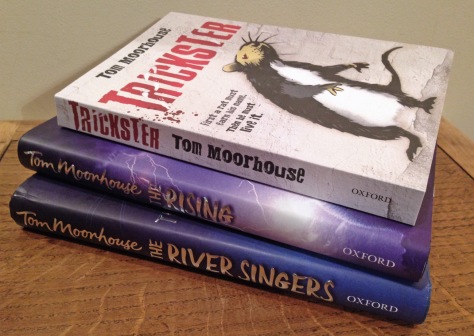But Banbury crops up in other literature and verse from time to time and the town and surrounding area has also been home to some well-known authors throughout its history.
Today, I stumbled across a bit of nonsense verse I hadn’t heard of before and it features Banbury so I thought I would share it. The verse is Frodgedobbulum’s Fancy (not the easiest one to spell… or say) and it is by William Brighty Rands (1823-1882).
Frodgedobbulum’s Fancy by W. B. Rands (taken from Lilliput Levee)
I
Did you ever see Giant Frodgedobbulum,
With his double great-toe and his double great-thumb?
Did you ever hear Giant Frodgedobbulum
Saying Fa-fe-fi and fo-faw-fum?
He shakes the earth as he walks along,
As deep as the sea, as far as Hong Kong!
He is a giant and no mistake,
With teeth like the prongs of a garden rake!
II
The Giant Frodgedobbulum got out of bed,
Sighing, “Heigh-ho! That I were but wed!”
The Giant Frodgedobbulum sat in his chair,
Saying, “Why should a giant be wanting a fair?”
The Giant Frodgedobbulum said to his boots,
“The first maid I meet I will wed, if she suits!”
They were magic boots and they laughed as he spoke –
“Oh-ho,” says the giant, “you think it’s a joke?”
III
So he put on his boots, and came stumping down,
Clatter and clump, into Banbury town.
He did not fly into Banbury,
For plenty of time to walk had he!
He kicked at the gate — “Within there, ho!”
“Oh, what is your name?” says the porter Slow.
“Oh, the Giant Frodgedobbulum am I,
For a wife out of Banbury town I sigh!”
Up spake the porter, bold and free,
“Your room we prefer to your company.”
Up spake Frodgedobbulum, free and bold,
“I will build up your town with silver and gold!”
Up spake Marjorie, soft and small,
“I will not be your wife at all!”
Th giant knocked in the gate with his feet,
And there stood Marjorie in the street!
She was nine years old, she was lissome and fair,
And she wore emeralds in her hair.
She could dance like a leaf, she could sing like a thrush,
She was bold as the north wind and sweet as a blush.
Her father tanned, her mother span,
“But Marjorie shall marry a gentleman,
Silks and satins, I’ll lay you a crown!” —
So said the people in Banbury town.
Such was Marjorie — and who should come
To woo her but this Frodgedobbulum,
A vulgar giant, who wore no gloves
And very pig-headed in his loves!
IV
They rang the alarum, and in the steeple
They tolled the church-bells to rouse the people.
But all the people in Banbury town
Could not put Frodgedobbulum down.
The tanner thought to stab him dead –
“Somebody pricked me?” the giant said.
The mother wept — “I do not care,”
Said F. — “Why should I be wanting a fair?”
He snatched up Marjorie, stroked his boot,
And fled; with Banbury in pursuit!
“What ho, my boots! Put forth your power!
Carry me sixty miles an hour!”
In ditches and dykes, over stooks and stones,
The Banbury people fell, with groans.
Frodgedobbulum passed over river and tree,
Gallopy-gallop, with Marjorie; —
The people beneath her Marjorie sees
Of the size of mites in an Oxford cheese!
V
Castle Frodgedobbulum sulked between
Two bleak hills, in a deep ravine.
It was always dark there and always drear,
The same time of day and the same time of year.
The walls of the castle were slimy and black,
There were dragons in front and toads at the back.
Spiders there were, and of vampires lots;
Ravens croaked round the chimney pots.
Seven bull-dogs barked in the hall;
Seven wild cats did caterwaul!
The giant said, with a smirk on his face,
“My Marjorie, this is a pretty place:
As Mrs. F. you will lead, with me,
A happier life than in Banbury!
Pour out my wine, and comb my hair,
And let me to sleep in my easy chair;
But first, my boots I will kick away” —
And Marjorie answered “S’il vous plait!”
Then the giant mused, “It befits my station
To marry a lady of education;
But who would have thought this Banbury wench
Was so accomplished, and could speak French?”
Did you ever hear Frodgedobbulum snore?
He shook the castle, from roof to floor!
Fast asleep as a pig was he —
“And very much like one” thought Marjorie.
VII
Then Marjorie stood on a leathern chair,
And opened the window to the air.
The bats flap, the owls hoot —
Marjorie lifted the giant’s boot!
The ravens shriek, the owls hoot –
Marjorie got into the giants boot!
And Marjorie said “I can reach the moon,
Before you waken, you big buffoon!”
Once, twice, three times, and away,
“Which is the road to Banbury, pray?
The boot made answer, “Ha-ha, ho-ho!
The road to Banbury town I know.”
VII
The giant awoke in his easy chair,
Saying, “Ho, little Marjorie, are you there?
“A stoup of wine, to be spiced the same! —
Exquisite Marjorie, je vous aime!”
Now where was Marjorie? Safe and sound
In the Magic Boot she cleared the ground.
Frodgedobbulum groaned, “I am bereft!
The left boot’s gone and the right is left!
“The window’s open. I’ll bet a crown
The chit is off to Banbury town!
“But follow, follow, my faithful boot!
One is enough for the pursuit;
“And back to my arms the wench shall come
As sure as my name’s Frodgedobbulum!”
VIII
Hasty Frodgedobbulum, being a fool,
Forgot of the Magic Boots the rule.
They were made on a right and a left boot-tree,
But he put the wrong leg in the boot, you see!
It was a terrible mistake
For even a giant in love to make,
Terrible in its consequences,
Frightful to any man’s seven senses.
Down came a thunderbolt, rumble and glare!
Frodgedobbulum castle blew up in the air!
The giant, deprived of self-control,
Was carried away to the very North Pole.
For such was the magic rule. Poor F.
Now sits on the peak of the Arctic cliff.
The point is so sharp it makes him shrink;
The northern streamers, they make him blink;
One boot on, and one boot off,
He shivers and shakes, and thinks, with a cough,
“Safe in Banbury Marjorie dwells;
Marjorie will marry someone else!”
IX
And so, Frodgedobbulum, the giant,
Sits on the North Pole, incompliant.
He blinks at the snow, with its weary white;
He blinks at the spears of the northern light;
Kicks out with one boot, says, “Fi-fo-fum!
I am the Giant Frodgedobbulum.”
But who cares whether he is or not,
Living in such an inclement spot?
Banbury town is the place for me
And a kiss from merry Marjorie,
With the clerk in the vestry to see all fair,
For she wears orange-flowers in her hair!
She can dance like a leaf, she can sing like a thrush,
She is bold as the north wind and sweet as a blush.
Her father he tans, her mother she spins;
Frodgedobbulum sits on the pole for his sins;
But here comes Marjorie, white as milk,
A rose on her bosom as soft as silk,
On her finger a gay gold ring;
The bridegroom holds up his head like a king!
Marjorie has married a gentleman;
Who knows when the wedding began?
W B Rands wrote extensively but is most remembered for his poetry for children. He didn’t often put his name to his writings and frequently wrote under a pseudonym. This poem is taken from Lilliput Levee (published in 1864, author anon. but known to be W B Rands).
